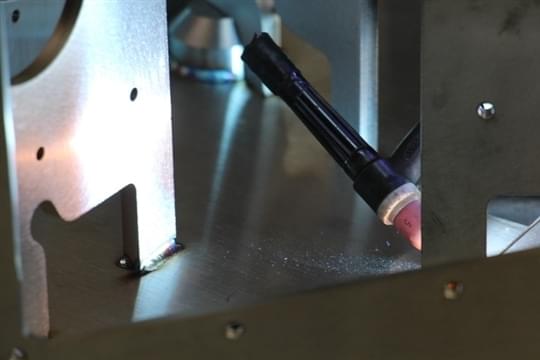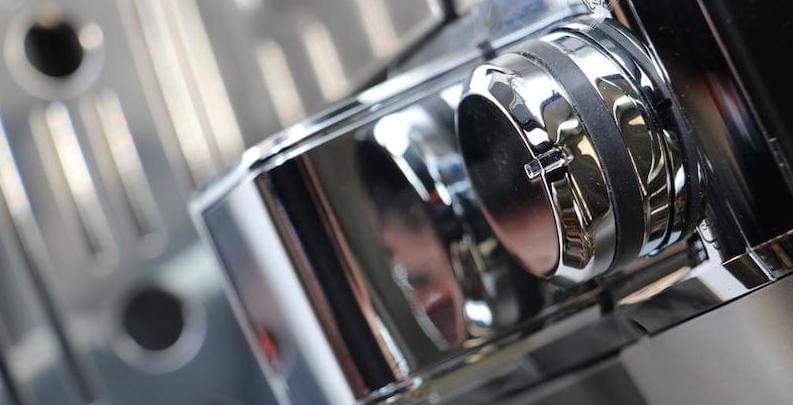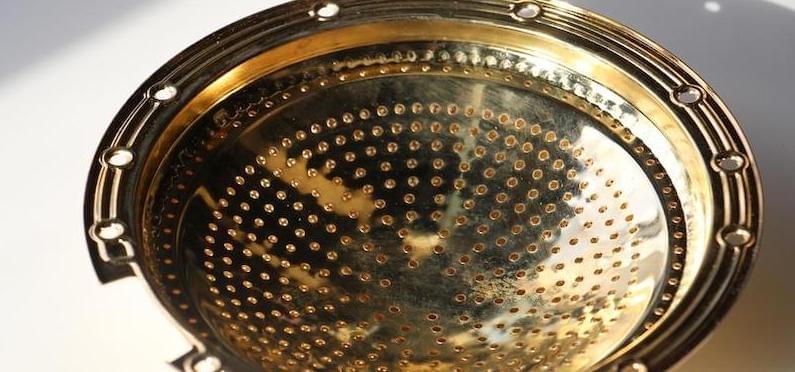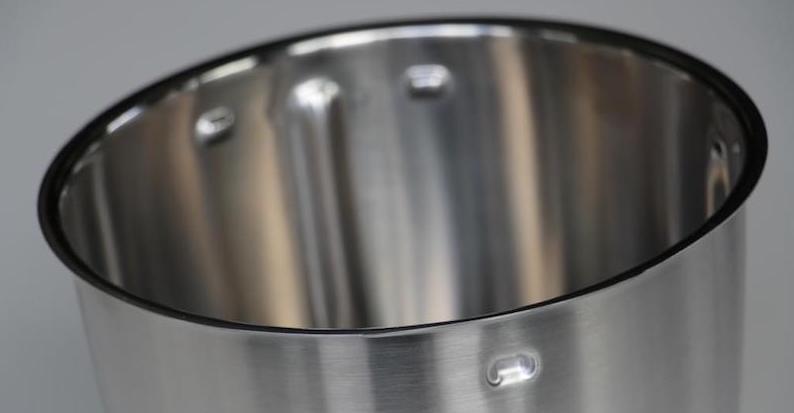Stainless steel welding
Stainless steel welding is a relatively simple process and can be carried out with different methods: MIG/MAG, TIG or coated electrode welding. Let's see the differences between them and what their applications are.

Stainless steel is one of the most widely used materials in many sectors, from food to pharmaceuticals, from mechanics to vending. The demand for finished and semi-finished stainless steel parts is due to the properties of the material, primarily its resistance to corrosion.
The stainless steel welding is therefore one of the fundamental procedures in the world of metalworking: let's see how it is done and which are the most effective methods.

Stainless steel welding: TIG, MIG/MAG and electrode coated
Stainless steel can be welded either with another piece of the same material or with a piece of carbon steel. The first step in stainless steel welding is to remove the oxide layer that forms naturally on contact with the air; after careful brushing, the actual welding is then carried out.
The choice falls on 3 different methods:
- TIG welding
- MIG/MAG welding
- Coated electrode welding

>> TIG stainless steel welding
Stainless steel welding with the TIG (Tungsten Inert Gas) method is the most suitable when you want to create joints of impeccable quality. Not only that, it is ideal for welding very thin pieces of steel, thanks to the precision of the process.
TIG welding is carried out by means of an electric arc immersed in a protective atmosphere of inert gas, tungsten.
>> MIG welding of stainless steel
When, on the other hand, a very high production rate is required, the most suitable stainless steel welding is the MIG (Metal Inert Gas) weld, which is another type of wire weld with an inert gas cover.
In addition to high productivity conditions, stainless steel welding with the MIG method is also perfect when great flexibility of use is required.
>> Coated electrode welding
Finally, when we talk about stainless steel welding with a coated electrode process, we mean a process in which the weld pool is protected by a slag. The advantages are certainly the low cost of the equipment and the versatility of use.
Stainless steel welding with Minifaber
At Minifaber, we also weld stainless steel using the above methods. Our service is among the most flexible, as far as we can:
- to make welds on semi-finished stainless steel parts, or welds to assemble finished and complex products
- ensure production of small batches or large quantities of pieces, even by staggering the processing over several periods of the year.
In all stainless steel welding processes, our primary objective is the production of stable, resistant and high quality joints, suitable for the most diverse markets: from the pharmaceutical to the food industry, including all applications for the mechanical and hydraulic sectors.

